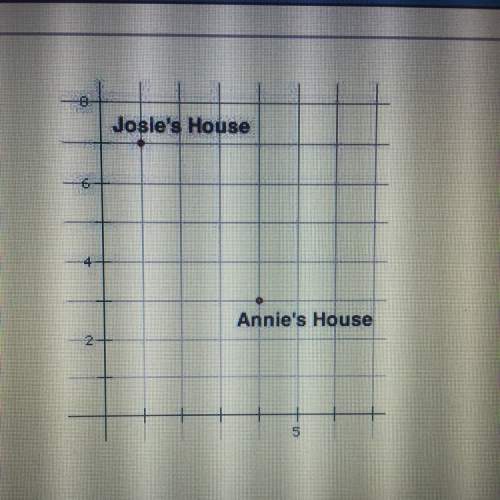
Mathematics, 11.02.2020 01:37, 1KoKoNut
You find out that you get a 20% off on your favorite sweater and you also get an additional 30% off. does the store apply the discounts all at once or apply them sequentially? why would it make a difference?

Answers: 1
Other questions on the subject: Mathematics

Mathematics, 21.06.2019 21:00, davidcortez27
Need match the functions with correct transformation. f(x) = -3x f(x) = |x-1|+3 f(x) = √(x+3) 1/2x² f(x) = (x+1)²-3 4|x| 1. compress by a factor of 1/2 2. stretch by a factor of 4 3. shift to the left 3 4. shift to the left 1 5. shift up 3 6. reflection
Answers: 1

Mathematics, 22.06.2019 00:00, maddiemccarter3892
Which of the following would be a correct step in proving that triangle abc is congruent to triangle cda? a. use a protractor to measure the angles and show that all the corresponding angles are equal in measure. this will allow you to prove congruence by aaa. b. show that segment ab is parallel to segment cd and segment ad is parallel to segment cb. this will allow you to prove congruency by asa. c. show that is segment ab is perpendicular to segment ad. this will allow you to prove congruence by sas. d. none of the above.
Answers: 2

Mathematics, 22.06.2019 00:30, goofy44
50 points and will mark brainlest if you were constructing a triangular frame, and you had wood in the length of 4inches, 4 inches, and 7 inches, would it make a triangle? would you be able to create a frame from these pieces of wood? yes or no? = explain your mathematical thinking:
Answers: 1

Mathematics, 22.06.2019 04:10, fonzocoronado3478
The probability that a u. s. resident has traveled to canada is 0.18 and to mexico is 0.09. a. if traveling to canada and traveling to mexico are independent events, what is the probability that a randomly-selected person has traveled to both? (page 109 in the book may ) b. it turns out that only 4% of u. s. residents have traveled to both countries. comparing this with your answer to part a, are the events independent? explain why or why not. (page 119 may ) c. using the %’s given, make a venn diagram to display this information. (don’t use your answer to part a.) d. using the conditional probability formula (page 114 in the book) and the %’s given, find the probability that a randomly-selected person has traveled to canada, if we know they have traveled to mexico.
Answers: 3
Do you know the correct answer?
You find out that you get a 20% off on your favorite sweater and you also get an additional 30% off....
Questions in other subjects:


Geography, 30.08.2019 09:30



Mathematics, 30.08.2019 09:30

Mathematics, 30.08.2019 09:30

Mathematics, 30.08.2019 09:30


History, 30.08.2019 09:30

English, 30.08.2019 09:30








